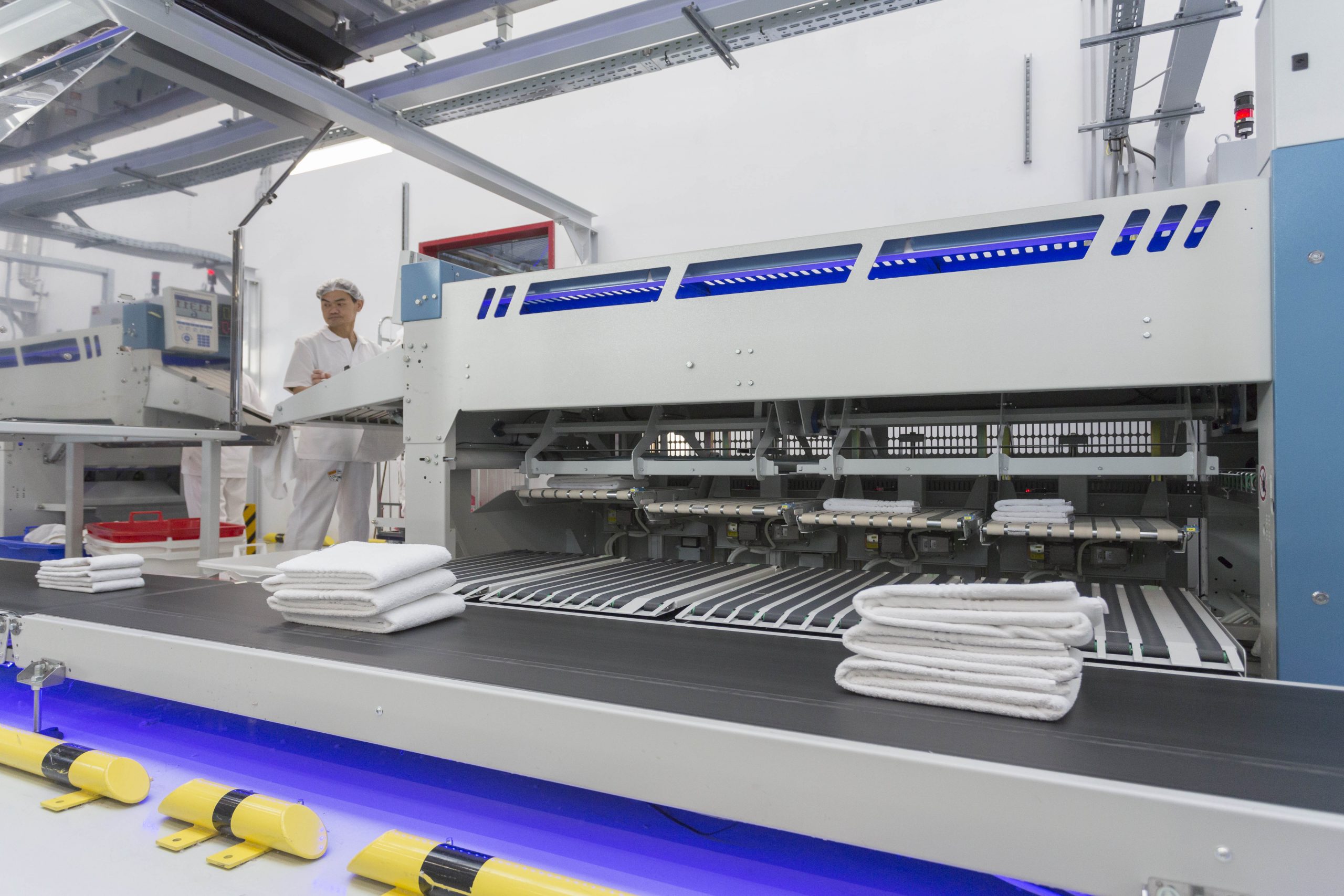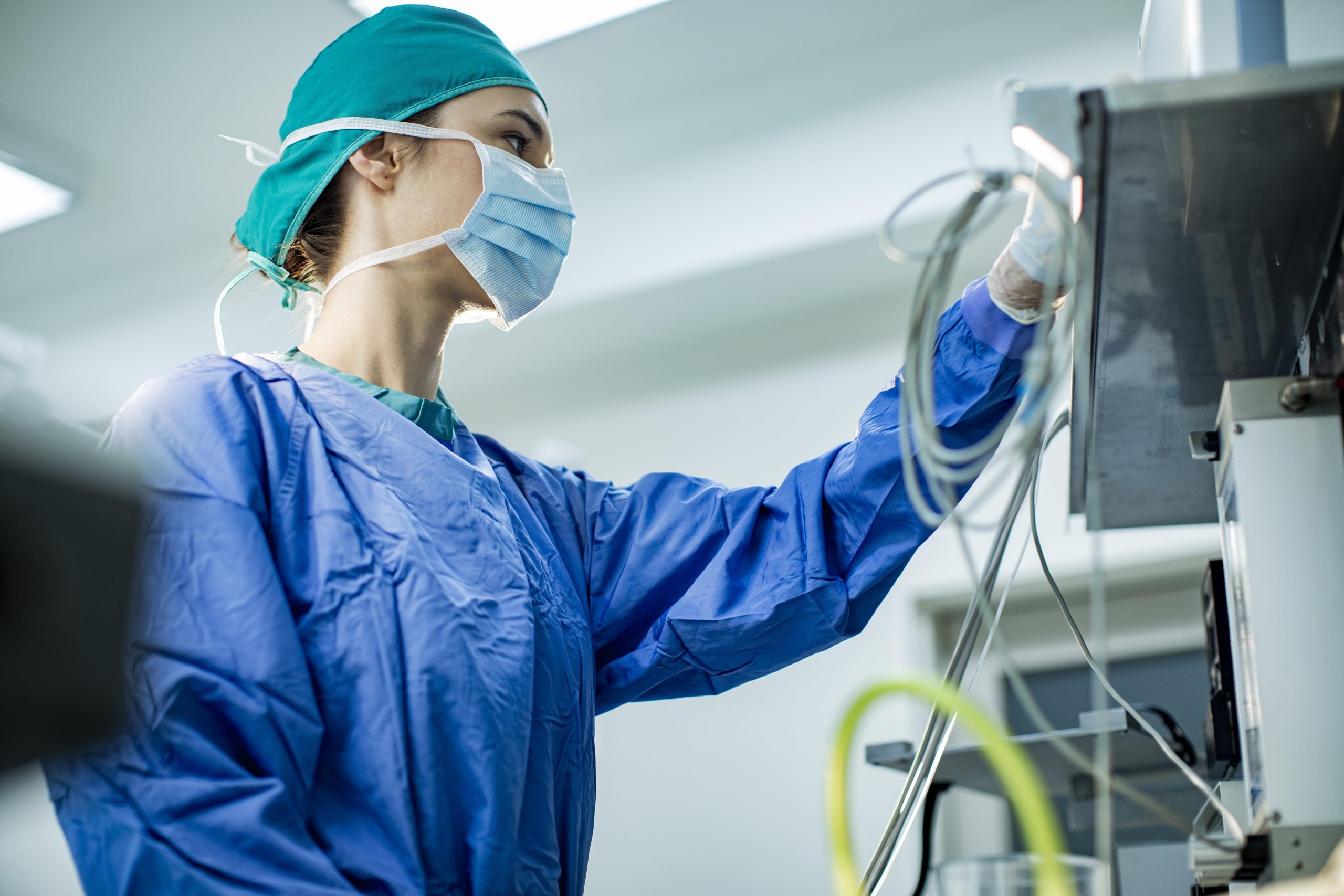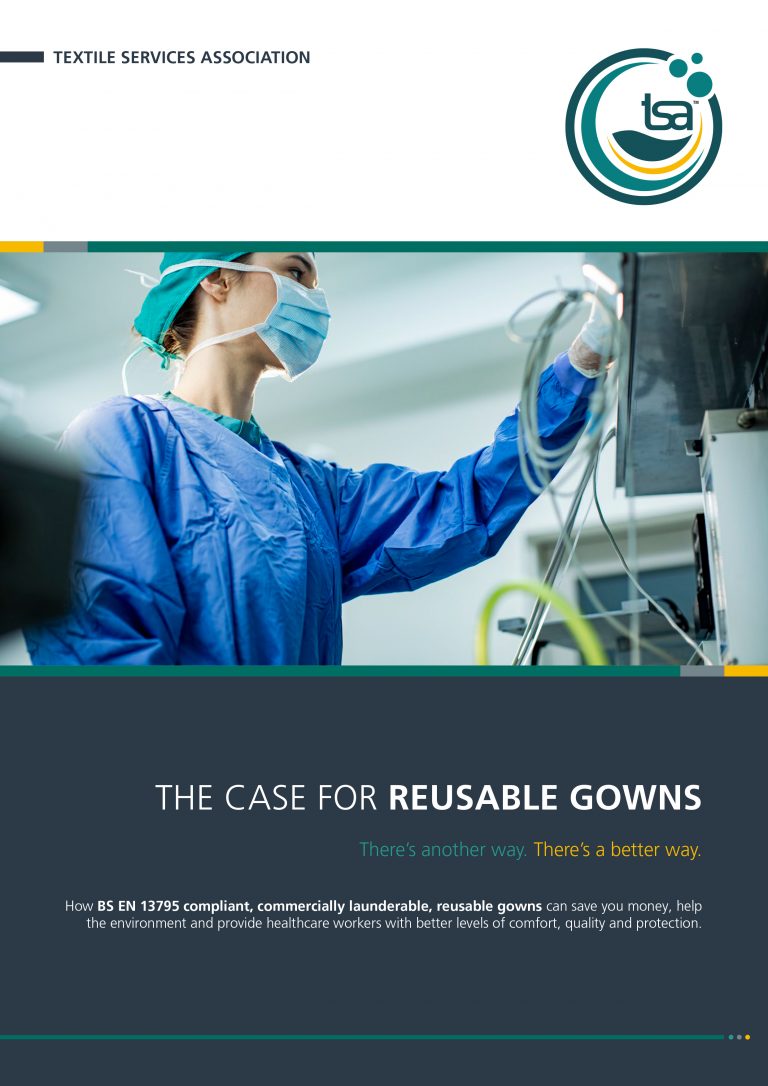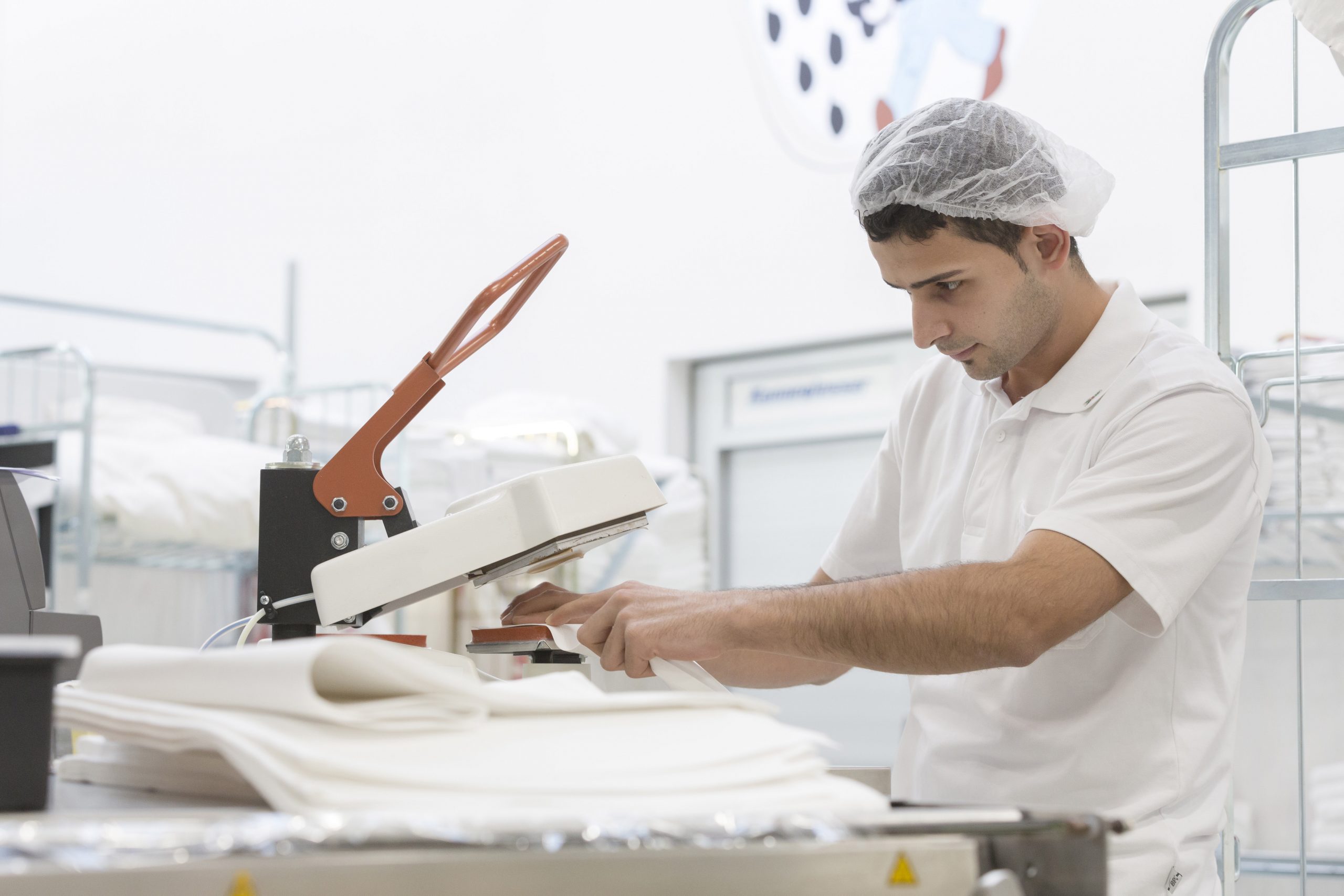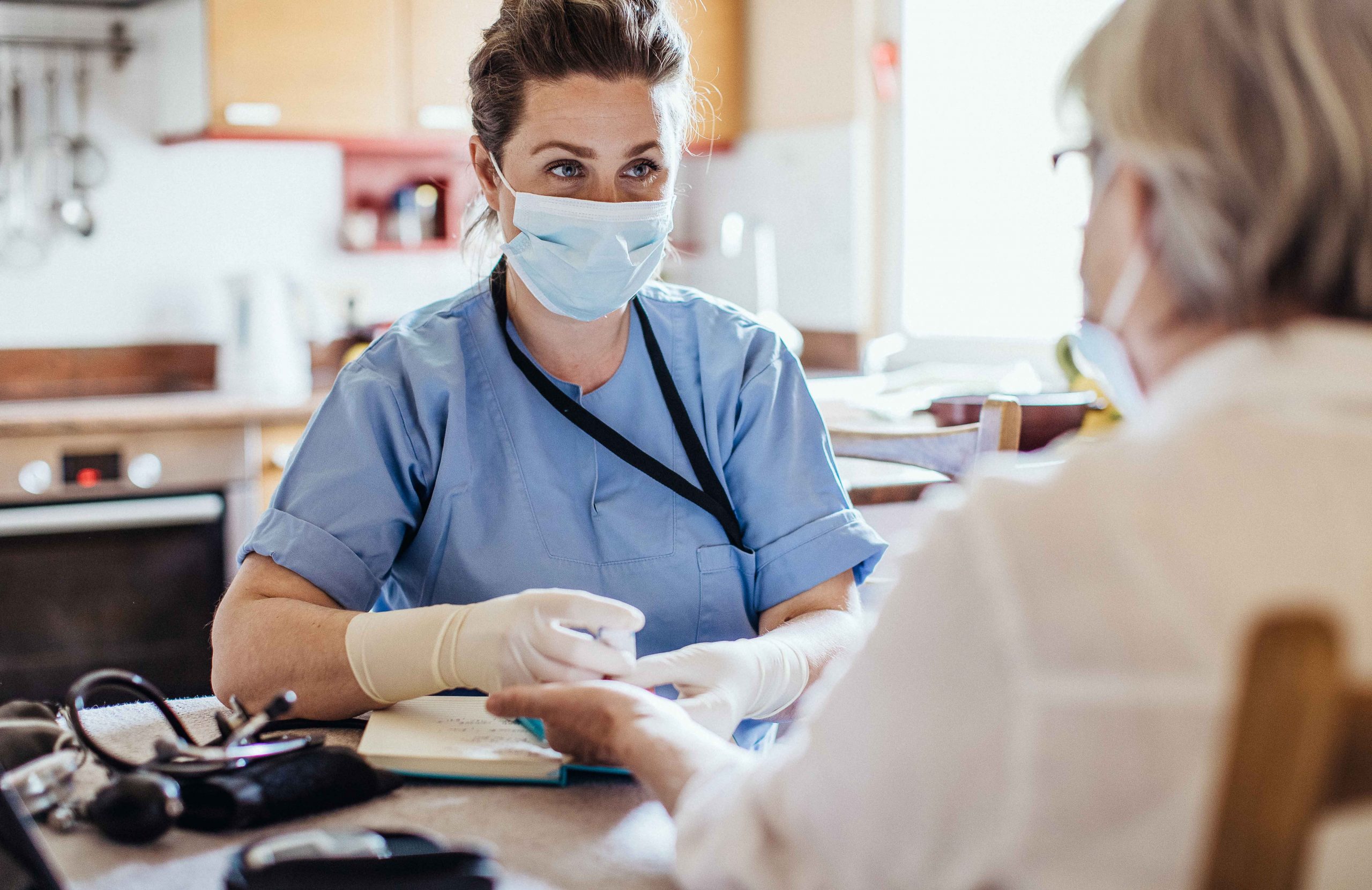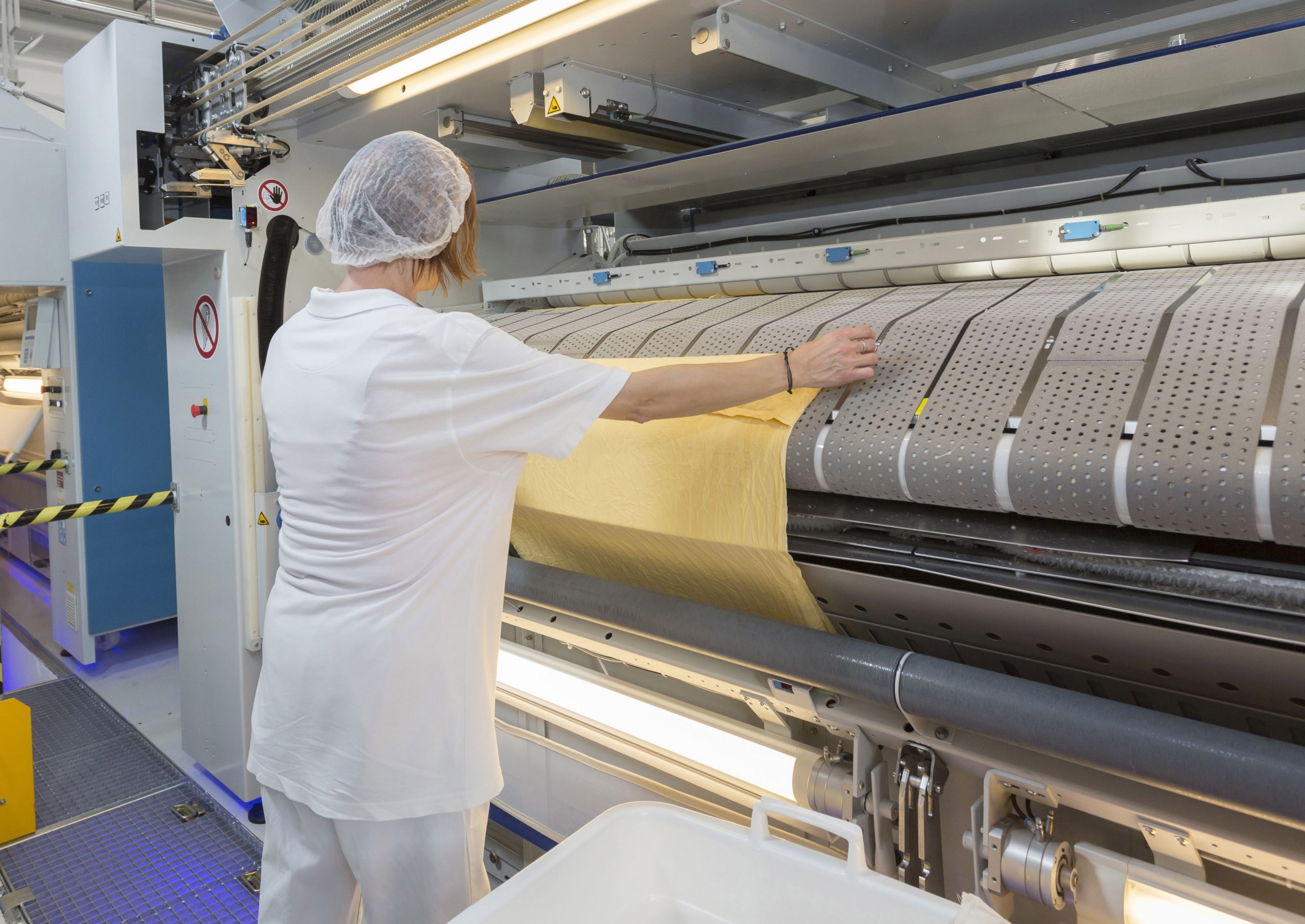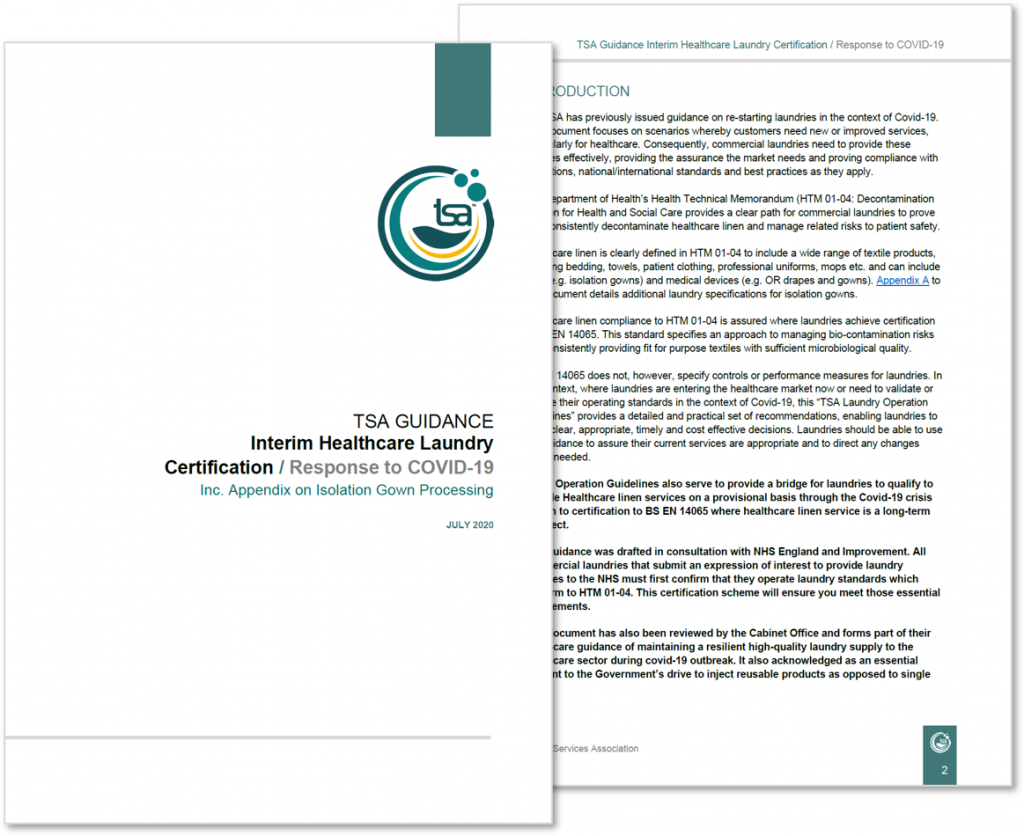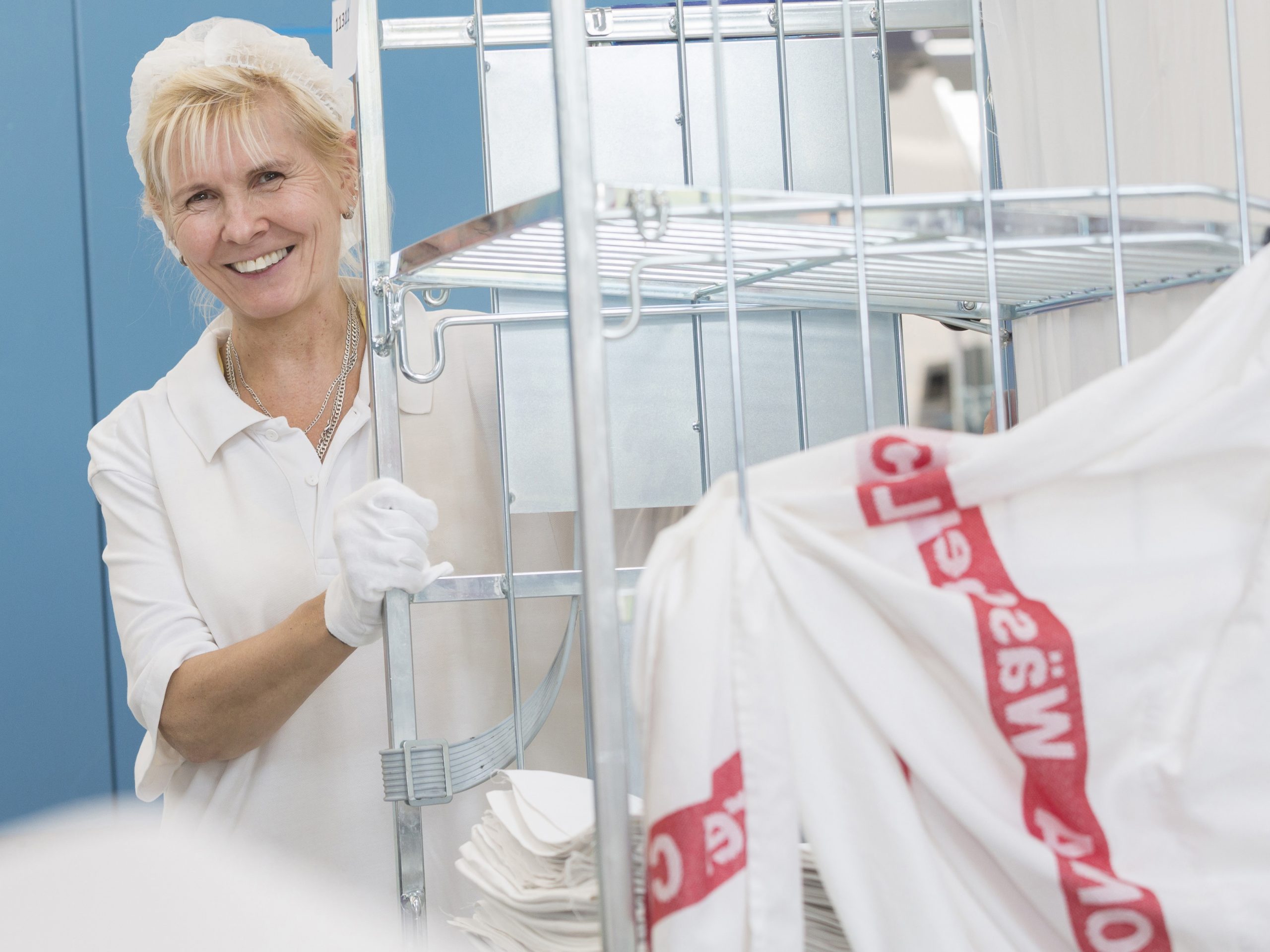‘KILLER CASH FLOW’ COULD DESTROY UK LAUNDRIES AND COST 24,000 JOBS
GOVERNMENT GREEN LIGHT FOR REUSABLE PPE GOWNS COULD SAVE NHS £1BN+ A YEAR
Update from the TSA Chief Executive
GOVERNMENT INACTION LEAVES COMMERCIAL HOSPITALITY LAUNDRY INDUSTRY ON ITS KNEES
Update from the TSA Chief Executive
Could ‘clean’ healthcare uniforms be COVID-19 carriers?
Hospitality Laundries Charge to the Rescue of the NHS and Care Homes
Rest Assured: UK Laundries Pledge to Hospitality Industry
TSA works with UK Hospitality on laundry advice in a Covid-19 world
UK laundries are working hard to support the re-emerging hospitality market by establishing new protocols for a Covid-19 world. The Textile Services Association (TSA) has worked with UK Hospitality to produce the Rest Assured Pledge, a package of advice, guidance and certification that is designed to help hotels, restaurants and leisure facilities ensure the safe handling of linen and textiles.
Key to the successful reopening of the hospitality sector is making customers feel safe and secure. That’s why the Pledge includes a Rest Assured certificate that TSA laundries can give to hospitality operators to display, verifying that their linens and towels have been hygienically cleaned. There are various versions of the certificate, for different sectors.
The Pledge includes a 16-point coronavirus briefing for operators, which covers a wide range of topics. They include the basics, like keeping clean and dirty linen segregated; the practical, such as storing soiled linen for collection on a ground floor, near to an external exit but away from public foot flow; and the advanced, including dealing with dirty linen of a guest who develops Covid-19 symptoms.
As you’d expect, the Pledge also includes a pledge, which covers the protocols that TSA member laundries will follow to ensure not only that textiles are cleaned to the highest standards, but also that they are handled safely. They include:
- An overarching commitment to deliver the highest industry standards
- Sanitisation of textiles, using chemicals and/or temperature
- Protection of cleaned linen after washing
- Regular disinfection of laundry transport cages
- Delivery vehicles regularly deep-cleaned inside and out
- All laundry plants compliant with Working Safely Guidelines – Covid Secure

“Going forward, it’s critical that laundries and hospitality operators are able to meet new operational procedures to protect staff and customers,” says David Stevens, CEO of the TSA. “Hospitality needs laundries, and laundries need the hospitality industry. We are two sides of the same coin and we are stronger together. The Rest Assured Pledge will help us meet the challenges of the new normal.”
The TSA is the trade association for the textile care services industry. The TSA represent commercial laundry and textile rental businesses. Membership ranges from family-run operations through to large, multi-national companies. If you wish to discuss the above or if you would like any further information, please do not hesitate to contact us on 020 3151 5600 or at tsa@tsa-uk.org.
